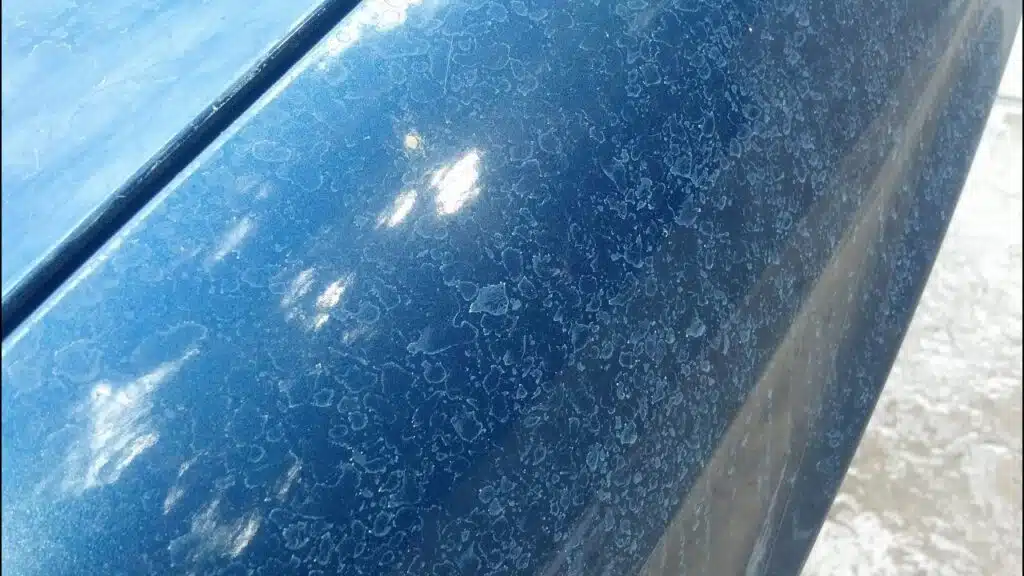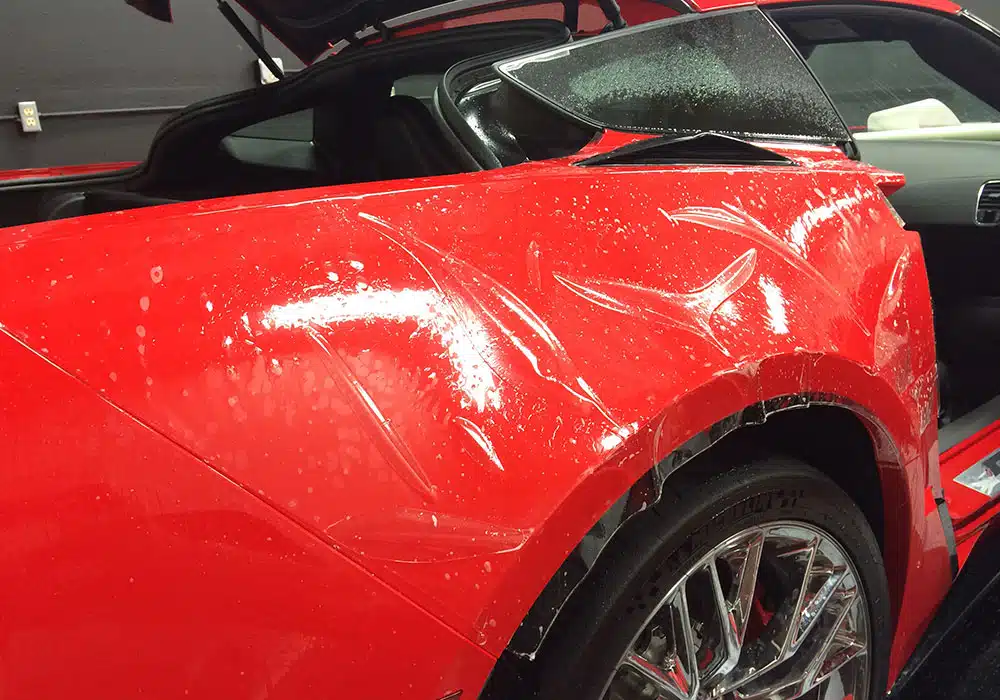Leasing a car is all about what that car will be worth at the end of the lease, or, as it’s referred to in leasing, the residual value. Ideally, you sign your lease, make your monthly payments on time and, at the end of the lease, hand the keys back to the dealer and walk away. Easy peasy, right? Not always.
Minor wear and tear will be overlooked, but if the vehicle is worthless at the end of the lease because of excessive mileage or a network of scratches and chipped paint, you will be on the hook to pay the difference.
Most lease agreements require you to pay for excess wear and tear. This means that when you return the vehicle at lease-end, the dealer could charge you to fix anything deemed excessive by the lease agreement. After all, every car is going to have a little wear and a few nicks after three or four years’ use, and you want to be sure that the wear and tear standards are reasonable. If you’re going to be driving on the highway a lot, your chances of rock chips to the vehicle increase greatly.
Do you need to protect the paint on your leased vehicle?
There a couple questions you should ask yourself to determine if spending the money to have paint protection film or ceramic coating installed on your leased vehicle is worth it.

- How often do you drive, and what condition are those roads in?
If you drive daily on roads covered with rocks and gravel, or other road debris then your vehicle is going to be more prone to rock chips and scratches than vehicles driving on well-maintained surface streets. This can lead to an excess of damage to the front end of the vehicle. How much you are driving also affects the wear and tear to the paint on your vehicle.

2. How often do you wash your vehicle?
Vehicle maintenance is going to be another determining factor. If you do not properly maintain your vehicle over time the paint will begin to stain and oxidize. Bird dropping will etch into the clear coat, pollen and bugs will stain the clear coat. Excessive etching and staining can result in getting hit with extra charges when turning in the lease, or costing you hundreds of dollars for a vehicle detail.

3. Does you car sit outside all the time?
When a vehicle is constantly exposed to the elements it takes a toll on the clear coat and paint. Over time the sun can fade the clear coat causing it to appear dull. Water spots etch into the paint and become hard to remove. Bird droppings, pollen, and bugs can become baked on and stain or etch the clear coat.

How to protect your leased vehicles paint?
Applying protective film to the vehicle’s finish is one way to minimize the chances of being dinged with wear-and-tear penalties on the back end of leasing a car.
This involves an invisible urethane film that protects a vehicle’s finish against chips, scratches, bug guts, tree sap, bird droppings, and minor dings. Adhering to the surface like a second skin, protective film is virtually undetectable. As simple to keep clean as the vehicle’s paint finish, it can even be waxed.
Peace of mind does have some value. Ponying up for protective film when leasing a car is really a form of insurance. Ultimately, however, it’s a hedge against a surprise hit on your wallet at the end of a lease. At a minimum, you can cover the high impact areas of your vehicle, either by wrapping the full front end or the partial front end. Typically these areas are the front bumper, hood, and fenders. On some cars, such as Corvettes or M2’s, the rocker panels also take a beating from the roads.
Whether or not the clear bra will need to be removed will depend on the individual car dealership that you are turning the car into. Some will take the car in without requiring having it removed, and some will require you to remove the film.
